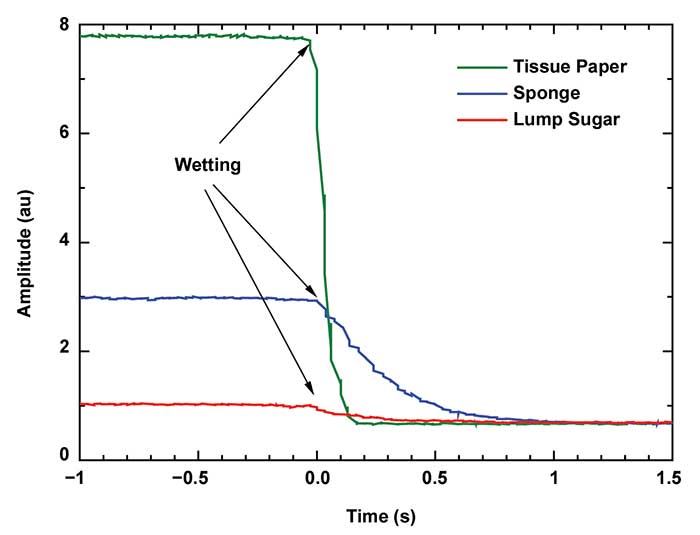Thanks to advances that cross several disciplines, the terahertz community is making its mark in medical research.
 The first terahertz image was taken at the AT&T Bell Laboratories more than 20 years ago in 1995. The astonishingly clear image of the inside of a packaged semiconductor integrated circuit brought immense attention to terahertz imaging for applications ranging from security, astronomy, remote sensing and chemical sensing to biomedical imaging.
Just five years later, in 2000, initial investigations of melanoma skin cancers using terahertz imaging and spectroscopy began at TeraView, in Cambridge, England, by pioneering terahertz scientist Emma MacPherson as part of her Ph.D. Around the same time, researchers also examined tooth decay using terahertz imaging.
Studies have been scarce in dentistry and dermatology since then, though, because of one big showstopper: the difficulty of terahertz radiation to penetrate in depth any substance with a high water content. Recently, however, great strides have been made in improving terahertz sources and detectors that address some of these difficulties head on.
Research groups have successfully detected skin cancer using terahertz light. However, because of the low resolution of current imaging approaches, the cancer can often only be seen after it has grown quite large.
Earlier this year, in a bid to boost image resolution, Rayko Stantchev, Ph.D., published a setup to measure near-field interactions between terahertz waves and the object being imaged in the OSA journal Optica. In the setup, Stantchev and his team used a digital micromirror device (DMD) to project a pattern of 800-nm light onto a silicon wafer. If exposed to a very intense laser, the wafer becomes opaque to terahertz waves. When the terahertz wave passes through the wafer, it creates a patterned beam on the other side that interacts with the object being imaged.
Because the pattern created by the DMD is known, a computer can reconstruct an image of an object placed on the exit interface of the wafer. The technique can be used for improving signal-to-noise in other near-field and low-signal imaging techniques, including early detection of skin cancers without the need for a skin biopsy.
The first terahertz image was taken at the AT&T Bell Laboratories more than 20 years ago in 1995. The astonishingly clear image of the inside of a packaged semiconductor integrated circuit brought immense attention to terahertz imaging for applications ranging from security, astronomy, remote sensing and chemical sensing to biomedical imaging.
Just five years later, in 2000, initial investigations of melanoma skin cancers using terahertz imaging and spectroscopy began at TeraView, in Cambridge, England, by pioneering terahertz scientist Emma MacPherson as part of her Ph.D. Around the same time, researchers also examined tooth decay using terahertz imaging.
Studies have been scarce in dentistry and dermatology since then, though, because of one big showstopper: the difficulty of terahertz radiation to penetrate in depth any substance with a high water content. Recently, however, great strides have been made in improving terahertz sources and detectors that address some of these difficulties head on.
Research groups have successfully detected skin cancer using terahertz light. However, because of the low resolution of current imaging approaches, the cancer can often only be seen after it has grown quite large.
Earlier this year, in a bid to boost image resolution, Rayko Stantchev, Ph.D., published a setup to measure near-field interactions between terahertz waves and the object being imaged in the OSA journal Optica. In the setup, Stantchev and his team used a digital micromirror device (DMD) to project a pattern of 800-nm light onto a silicon wafer. If exposed to a very intense laser, the wafer becomes opaque to terahertz waves. When the terahertz wave passes through the wafer, it creates a patterned beam on the other side that interacts with the object being imaged.
Because the pattern created by the DMD is known, a computer can reconstruct an image of an object placed on the exit interface of the wafer. The technique can be used for improving signal-to-noise in other near-field and low-signal imaging techniques, including early detection of skin cancers without the need for a skin biopsy.
Member Exclusive: To read the complete article, please Login or Register